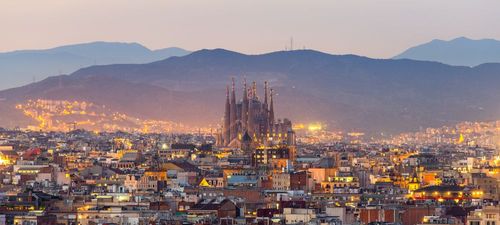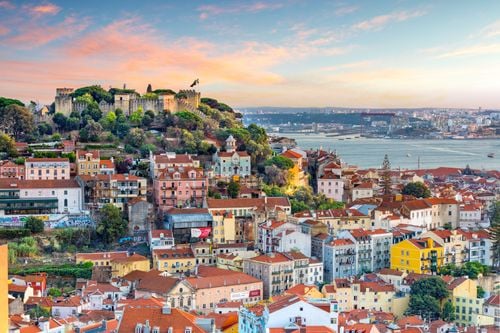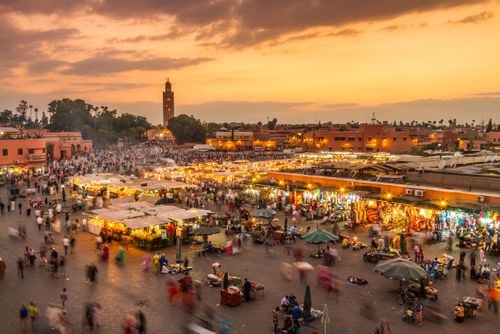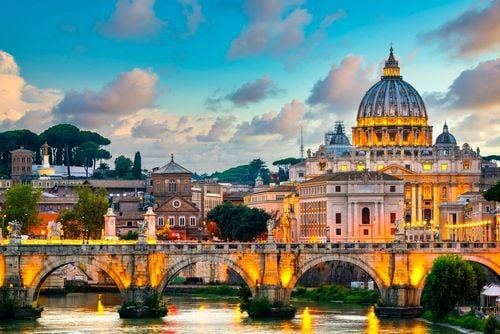From volcanic lands to snow-capped peaks
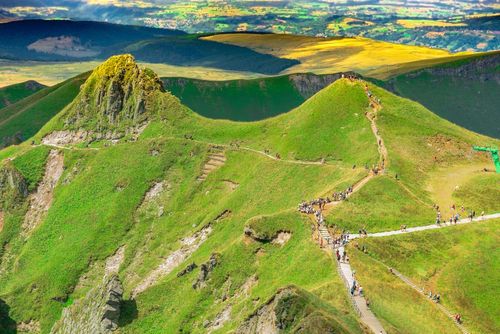
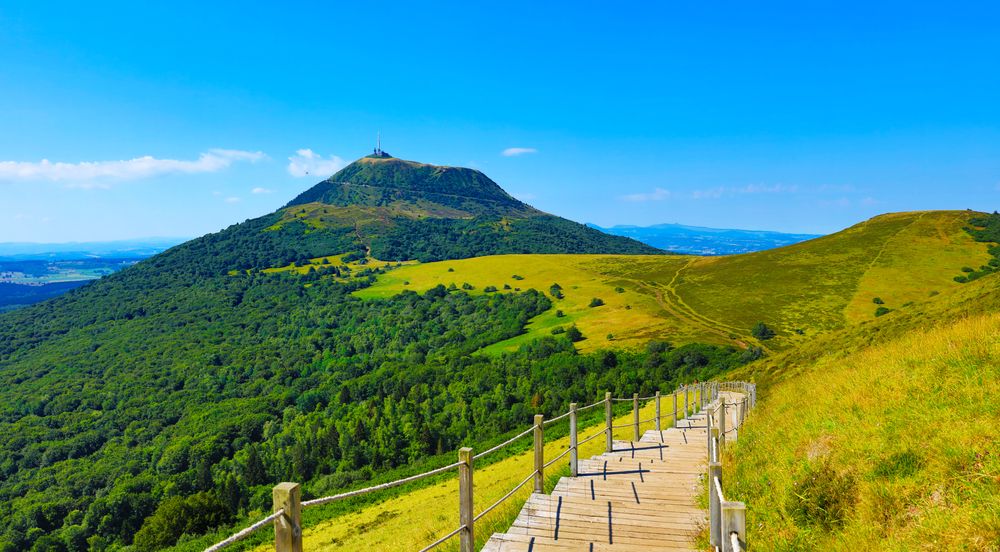
From volcanic lands to snow-capped peaks
In January 2016, the French regions were reduced from 22 to 13. Among the major changes, two regions merged to form a single one: Auvergne Rhône-Alpes.
The region stretches from the Swiss and Italian borders to the centre of France. It covers 12 départements covering almost 70,000 km², or 13% of France.
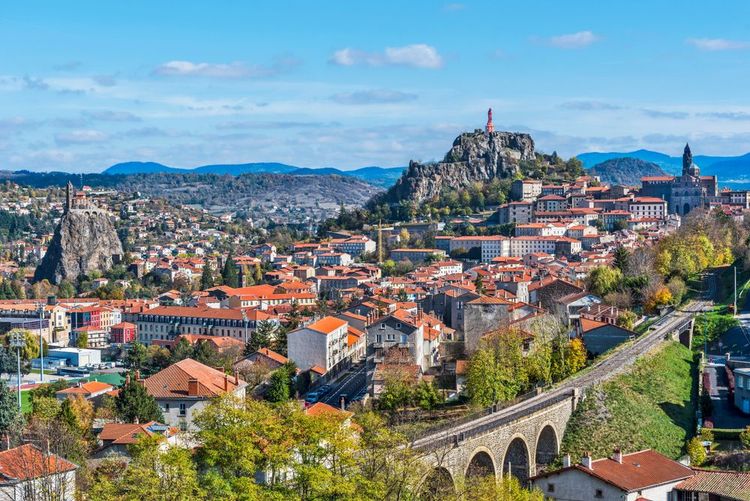
The region offers natural splendour and a unique palette of colours found nowhere else in the country: from the warmth of volcanic soils to snow-capped peaks, crystal-clear lakes and rivers wandering through deep gorges.
From the Alps to the Massif Central, activities abound, making it a major destination to exploit. People come here for the vineyards of the Rhône valley, the lavender fields of northern Provence, its iconic extinct volcanoes, its nature with its national nature parks (including the Vanoise and the Ecrins) and its mountain range for skiing.
As well as countryside and rolling mountains, the Auvergne-Rhône-Alpes region boasts a number of major cities, including the gastronomic capital Lyon, Grenoble, Annecy, Puy-en-Velay and Clermont-Ferrand.
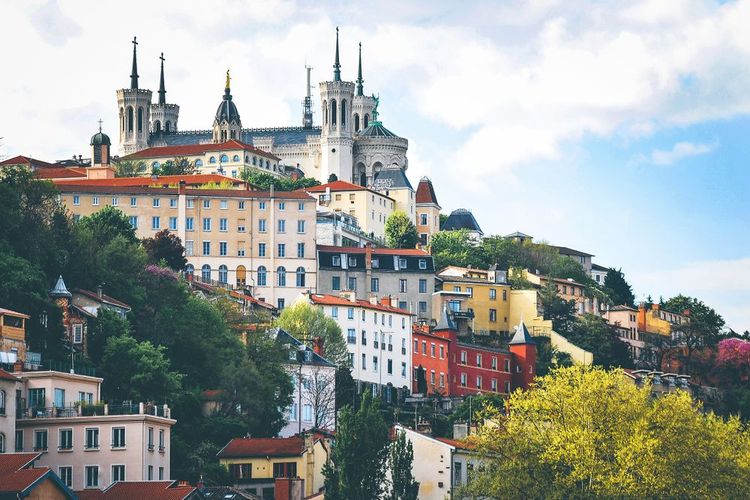
Lyon's urban landscape
- © Svetlana Bondareva / ShutterstockHere are some of the highlights of the destination:
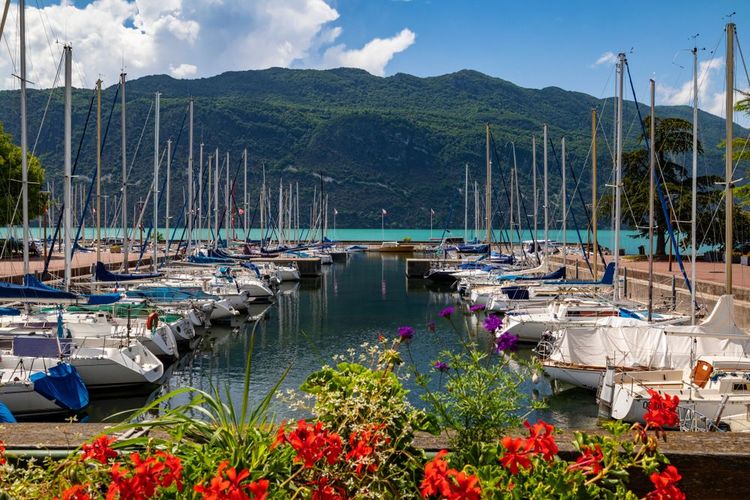
The city of Lyon is renowned for its historical and architectural monuments and is classified as a UNESCO World Heritage Site. It was historically known as an important area for the production and weaving of silk and, in modern times, has developed a reputation for gastronomy in France and elsewhere. The city also played an important role in the history of cinema thanks to the brothers Auguste and Louis Lumière, who invented the cinema in Lyon. Last but not least, the old town is a landmark in France for its architectural and cultural heritage, which spans more than two thousand years.
Clermont-Ferrand is one of France's oldest cities. It was the starting point for the first Crusades and later became a royal city. Today, it is most famous for its chain of ancient, dormant volcanoes. Notable buildings include Notre-Dame du Port (a Romanesque church built in the 11th and 12th centuries and a World Heritage Site); Clermont-Ferrand Cathedral (built in the Gothic style between the 13th and 19th centuries). Finally, in its public square, a large statue of Vercingetorix, who united the Gauls to rise up against the Romans, sits grandly on a horse holding a sword.
Le Puy en Velay is home to the magnificent Notre-Dame du Puy cathedral, dating from the first half of the 12th century and a UNESCO World Heritage site. Perched on its rock, the chapel of Saint-Michel d'Aiguilhe, built on an 85-metre-high volcanic outcrop, is also worth a visit. The most courageous will climb the 268 steps to reach the chapel, which was built to celebrate the return of the pilgrimage of Santiago de Compostela.
Vichy is famous for its mineral water. Spas are famous for the beneficial waters and were first used by the Romans 2,000 years ago and made famous by Louis XIV, then again in the 19th century by Napoleon.
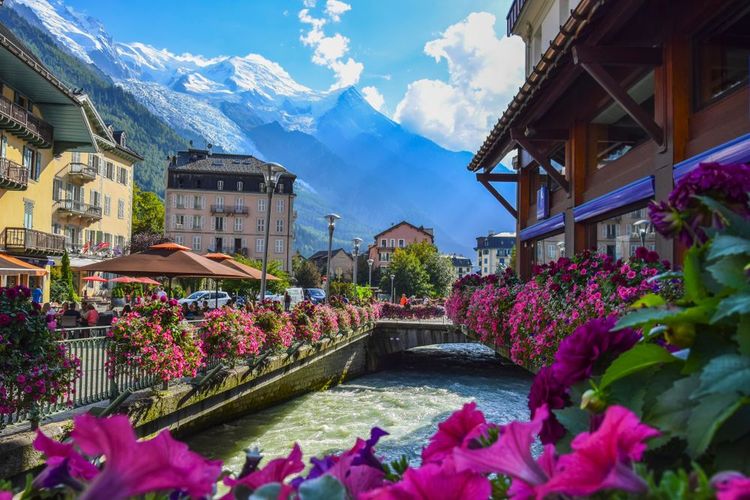
View of the Arve and Mont-Blanc massif
- © Aishe / ShutterstockThis town lies at the junction of France, Italy and Switzerland, and is the starting point for numerous hikes and skiing around Mont Blanc, Europe's highest peak. Cable cars take visitors to the summits to capture breathtaking views of the Aiguille du Midi and Pointe Helbronner.
Annecy is a pretty and romantic old Alpine town on the shores of Lake Annecy. One of its most popular and Instagrammable sights is the Palais de l'Isle, a castle at the centre of the Thiou canal, built in 1132.
Aix has been around since the Roman Empire, and today it's a thriving spa town on Lac du Bourget, close to numerous Roman ruins.
Its Centre national d'art contemporain is one of the best in France. The Musée de Grenoble also has a fine collection of art from the 19th to 20th centuries, including Gaugin, Matisse, Bonnard and Picasso.
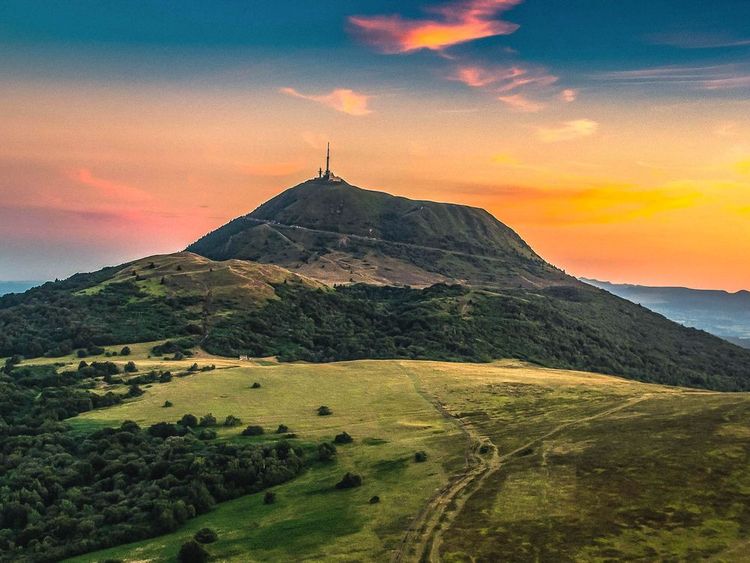

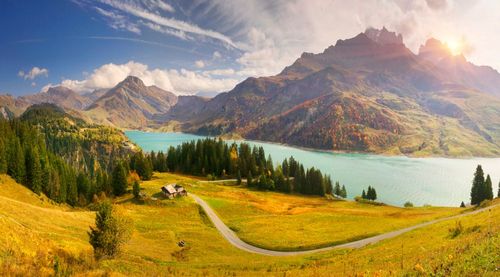
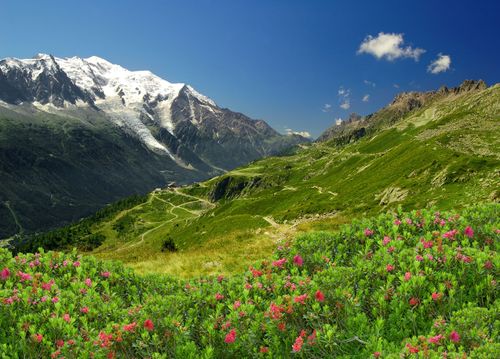
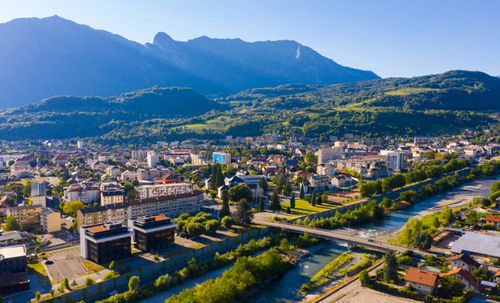
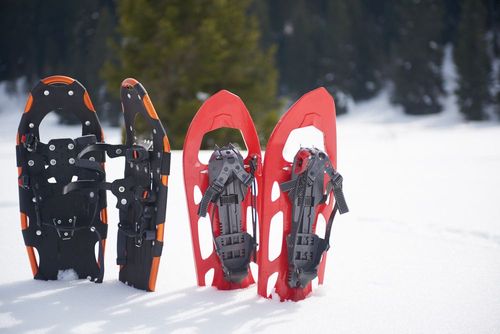
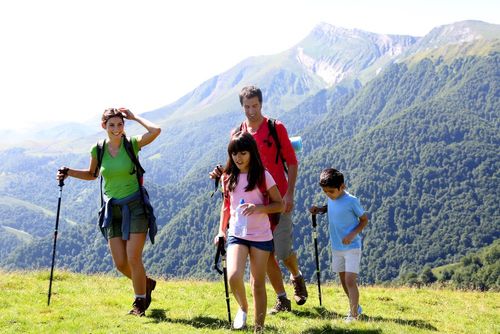
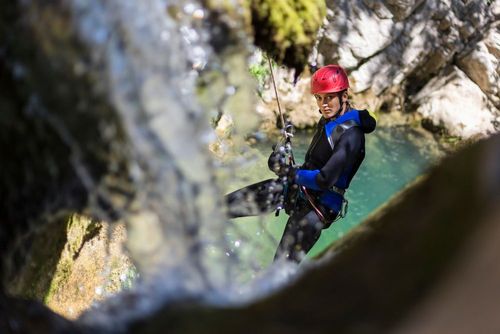
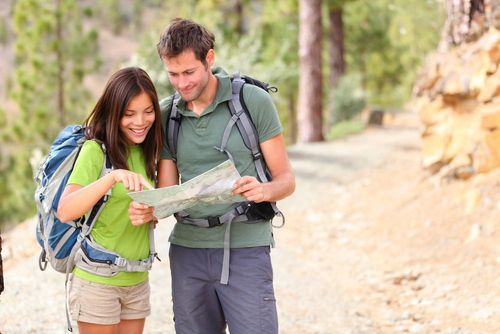
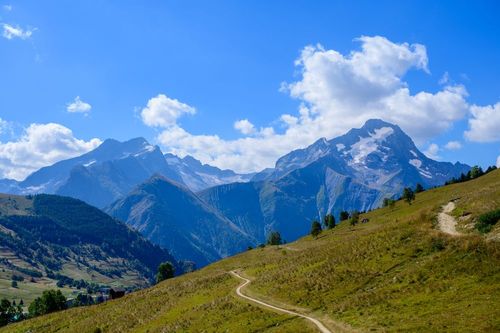
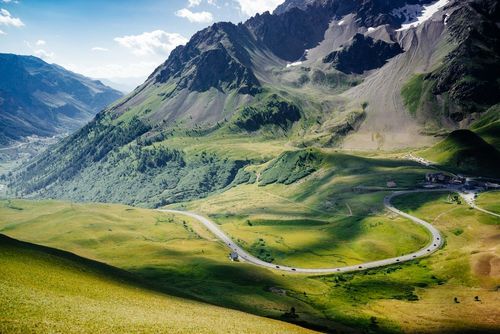
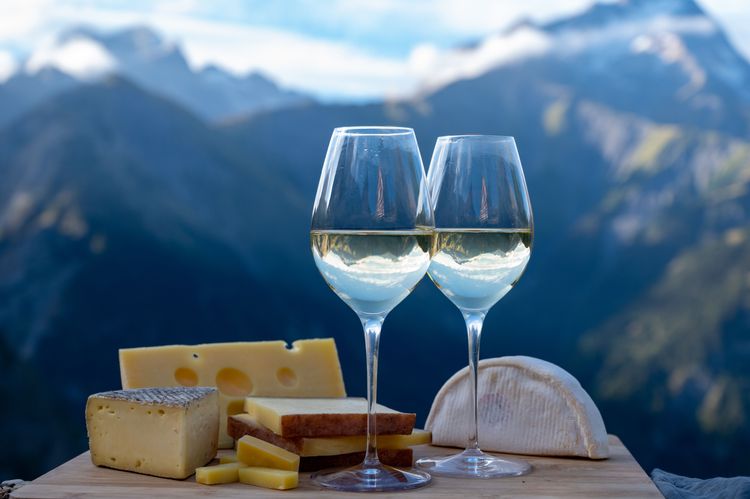 1
1
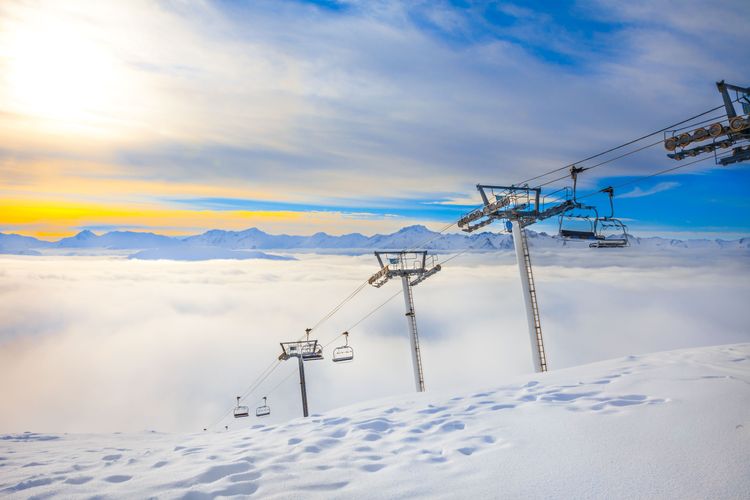 2
2
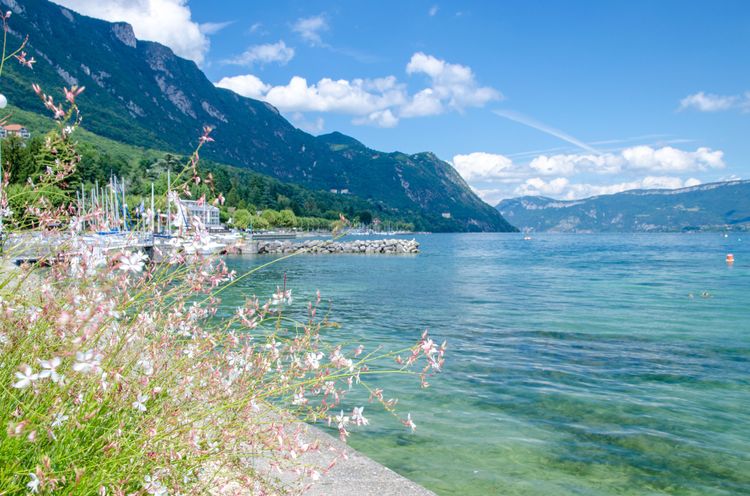 3
3
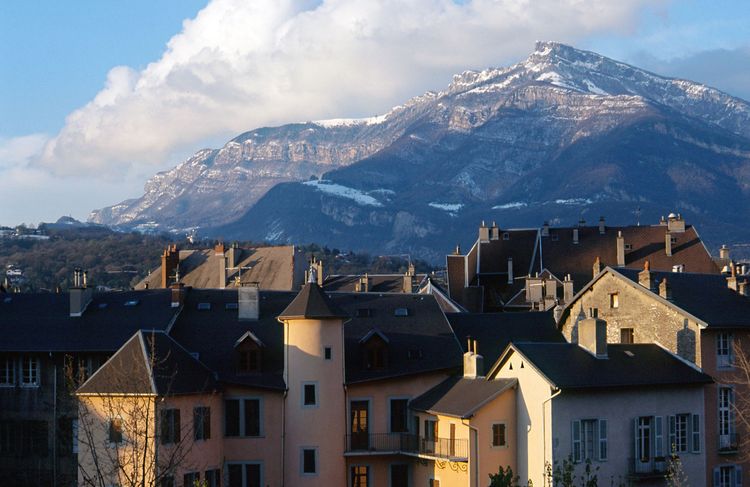 4
4
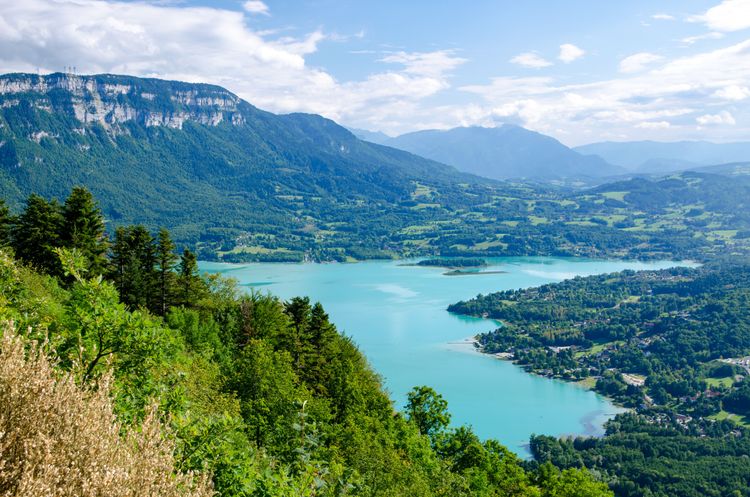 5
5
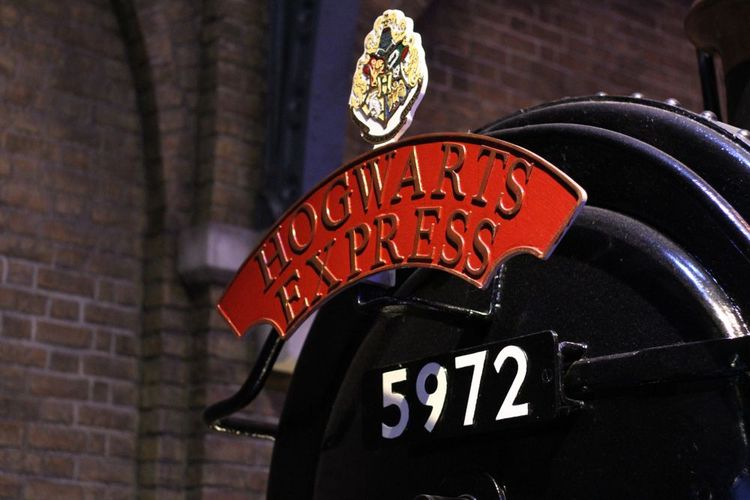 6
6
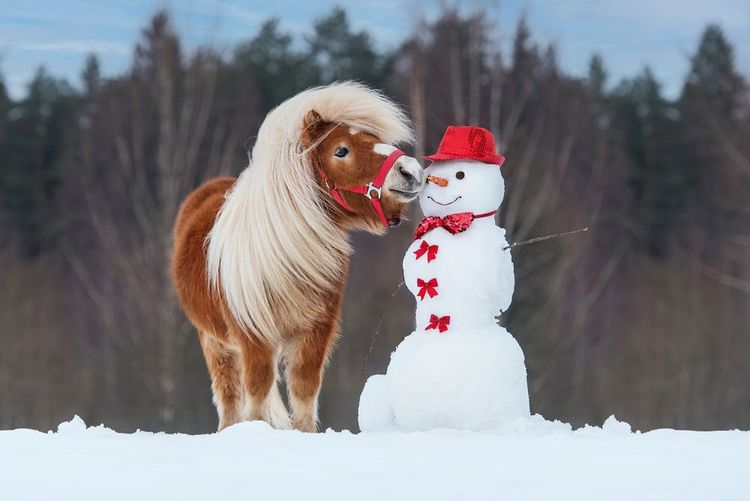 7
7
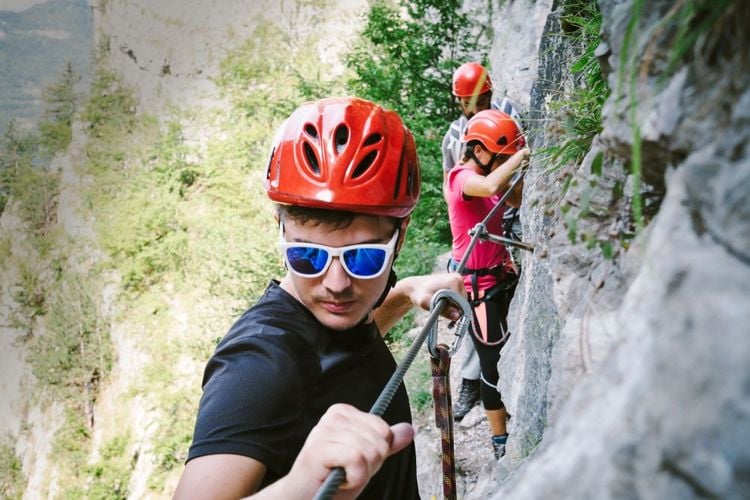 8
8
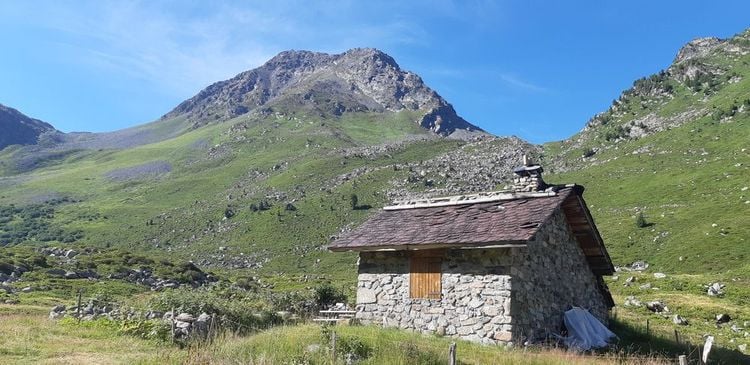 9
9
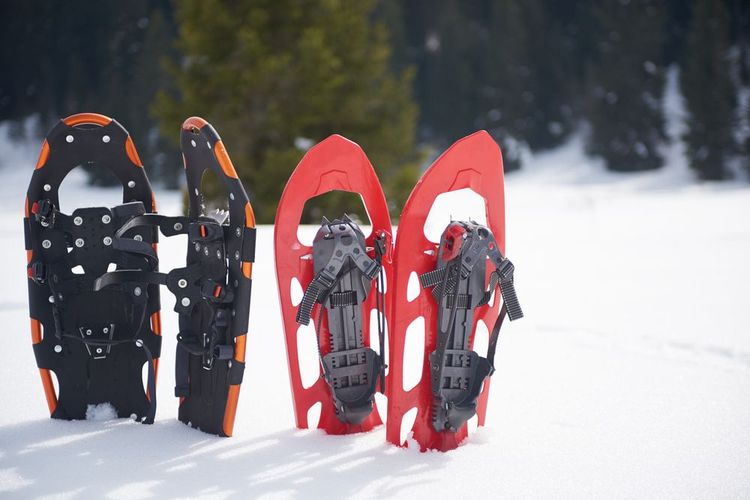 10
10
There are many ways to get to Auvergne-Rhône-Alpes: by car, plane, bus or train. All the départements have bus stations. You'll obviously have more choice, both for trains and buses, if you opt for the big cities like Lyon, Clermont-Ferrand and Chambéry.
Vast and wide, the Auvergne-Rhône-Alpes region, which covers 12 départements, offers many different types of accommodation: a chalet by a lake or in the heart of the mountains, a campsite in the wilderness, confidential and authentic addresses, gîtes de France, youth hostels, hotels (all ranges) and châteaux. Most of our accommodation is fully equipped for families.
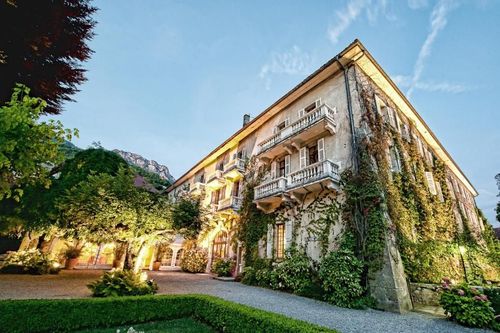
To travel in the Auvergne Rhône Alpes region, all you need is an identity card or a passport that has expired less than 5 years ago for European Union nationals.
The currency used is the euro. All establishments (shops, hotels, restaurants) accept credit cards. Some rather remote places in the mountains or areas with poor connections prefer cash.
The region has put in place several procedures to make it easier to travel throughout the territory. It is rolling out car sharing with Mov'ici, attractive fares with Léman Pass, convenient access for PRMs on transport, and Oùra ticketing. The latter is a smart card with a name that can be used to purchase several tickets (season tickets, tickets, books of tickets) on several networks, including the TER. It costs just 5 euros and is valid for 5 years. More information on the region's website
It's hard to pinpoint an ideal season for visiting the Auvergne Rhône Alpes region, as it alternates with two seasons that are ideal for sports tourism. Winter is perfect for snow activities and summer for outdoor activities such as cycling, hiking or canyoning. May to October are the mildest months. You'll still need warm clothing at altitude. You can visit this region at any time of year, depending on what you fancy.
For your information, the region enjoys around 2,000 hours of sunshine a year, and summers can be very hot. The climate is variable and unpredictable. Whatever the weather, you'll have access to a variety of activities.
You'll need to take into account the time of year when choosing your clothing. Temperature differences can be considerable. In winter, opt for warm clothing, especially in the mountains (thick coats, fleece jackets, thick socks, scarf, hat and gloves, hiking boots or après-ski boots). For summer days, cotton T-shirts, waterproof clothing, sunglasses, sun cream and a hat will do the trick.
The region is safe. The only threats to tourists may come from a lack of vigilance while hiking in the mountains. It is advisable to find out about the weather conditions. As well as the usual equipment, bring your mobile phone and enough water and food. And if you're going by car in snowy weather, fit your tyres with chains.
If you want to dine in one of Lyon's "bouchons" and enjoy authentic gourmet cuisine, you'll need to book as soon as possible.
explore Try out our comparators
It is Easy to travel
